A few weeks ago, Nissan held a virtual event that unveiled its first mass-produced, electric crossover — the Nissan Ariya. The Ariya had already first appeared as a concept car in last year’s Tokyo Motor Show. As a member of the Philippine contingent that attended the show, I remember listening to their ever-so-eloquent senior vice president for global design, Alfonso Albaisa, hint that the Ariya was special because it was bound to become a vehicle that motorists around the world would be able to drive, sooner than anyone would think.
Only several months later, Nissan globally launched the Ariya all-electric crossover SUV — an icon of Nissan’s latest design direction called ‘Timeless Japanese Futurism.’
“We wanted to ensure that the soul of the vehicle reflects our distinctive Japanese DNA, conveyed in a simple yet powerfully modern manner,” described Albaisa. Furthering that they “…tapped into key Japanese words to inspire our global design team to produce the Ariya’s ultra-sleek, seamless, sharp and powerful form.”
Let me run you through some of these inspirational, Japanese keywords.
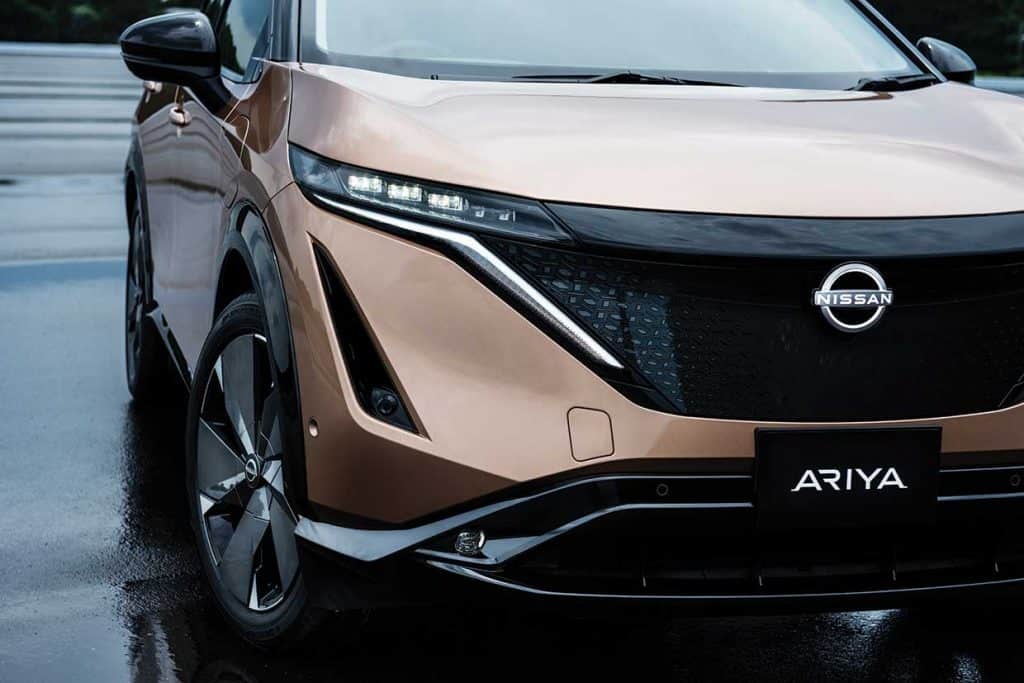
First is: Omotenashi, referring to a personalized level of hospitality and service that exceeds one’s expectations.
Albaisa explains, “Our next wave of products not only focuses solely on impressive power, convenience, features and premium materials, but also redefines the full driving experience — from walking up to the Ariya to operating it… living with it and enhancing everyone’s daily life in a fresh, exciting way.”
As being exceptionally considerate is a key aspect of Japanese tradition, the Ariya exudes this kind of considerateness through its features. When a driver enters this car, all icons in the cabin are blacked out. Only the start button will be pulsating, waiting for the driver’s initiative to activate the car. And once the vehicle is turned on, all icons and switches come to life in a gentle and respectful fashion. The graphic user interface turns on and its dual curved screens display important information in an easy-to-understand format. This entire time, the cabin is lighted in a way that it radiates a lounge-like atmosphere.
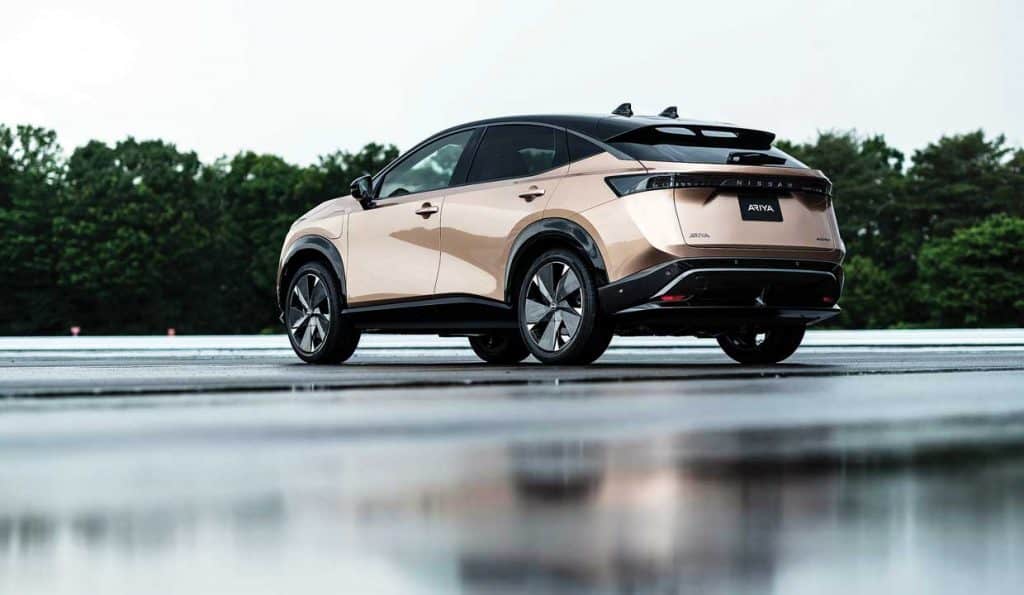
The next word is: Iki, which refers to being chic, in a fresh, cutting-edge kind of way. Nissan’s executive design director, Satoru Tai, explains: “Iki refers to the vehicle’s advanced design language and technology. It describes a reinvention of how we interface with a vehicle with breakthroughs in connectivity technology.”
Tai also explained how it changes the way we see an existing car segment. Since Iki is the opposite of being showy, the Ariya’s climate control switches are integrated but nearly invisible on the vehicle’s smooth instrument panel. They have a ‘disappearing design’ that makes switches vanish when not in use. And yet, the user still gets the feedback of actually pushing a mechanical switch when the buttons are activated.
Our third Japanese word is Kabuku – a bold, diverse expression that goes against the common approach. I remember Albaisa sharing that this was among his favorite words, as it described “embracing the strange and unorthodox as an expression of rebellion, but in a positive way.”
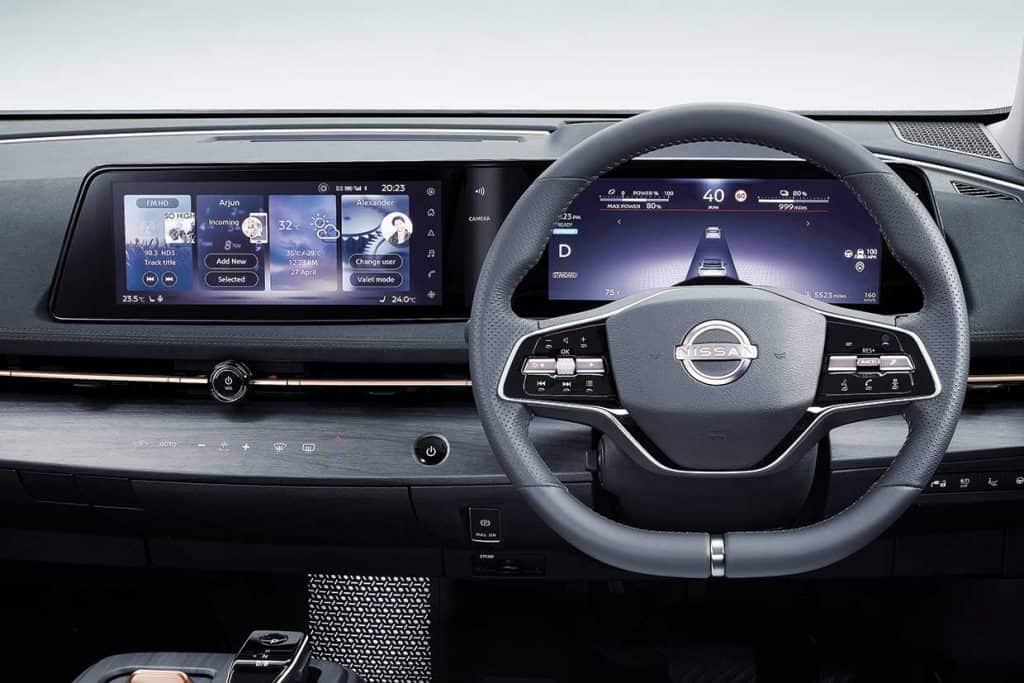
Tai shares, “We look at what is, and what could be. As an EV, the Ariya takes advantage of opportunities to repurpose and to redesign. The Ariya’s front grille has been reimagined as a shield, taking on a new purpose of protecting technology, while enabling higher levels of driver assistance. The front bumper has air ducts that improve aerodynamics without disrupting the surface beauty.”
Next, we have the Japanese Ma, or the mastery of the empty space by employing techniques without complicated means. “In architecture, Ma is a form of Japanese minimalism that at its root is not subtractive but focuses on the harmony of elements from the beginning,” explains Albaisa.
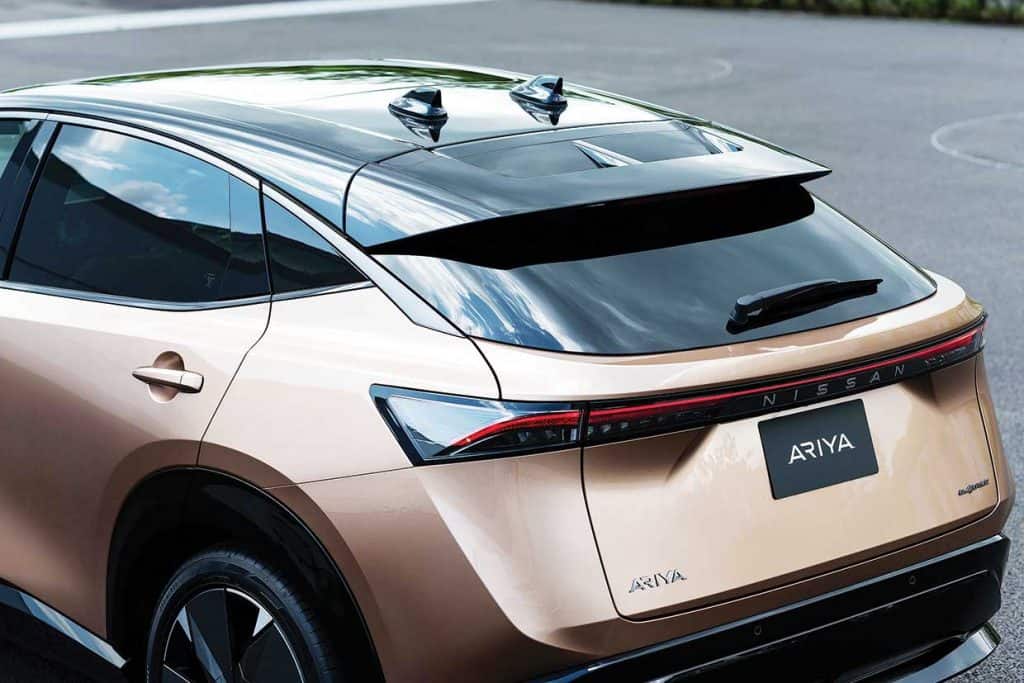
Then, there is Sei – or the clever treatment of structures and details. Sei is the technique by which Ma – the mastery of space – is achieved. This usually comes in the form of a clever treatment of a design. Albaisa illustrates that with the Ariya, examples of Sei include haptic controls within the cabin that integrate into the instrument panel with minimal icons or control gaps, while still providing a tactile response when touched.
Moreover, Utsuroi refers to the fluidity and symmetry created by nature. “The tension and flowing forms of the exterior, specifically the rear quarter panels and the single crease line that runs around the body, express the design as unrestrained and encompass the entire vehicle. Intelligent lighting and copper accents flow from the front to rear of the cabin for a cohesive experience,” said Tai.
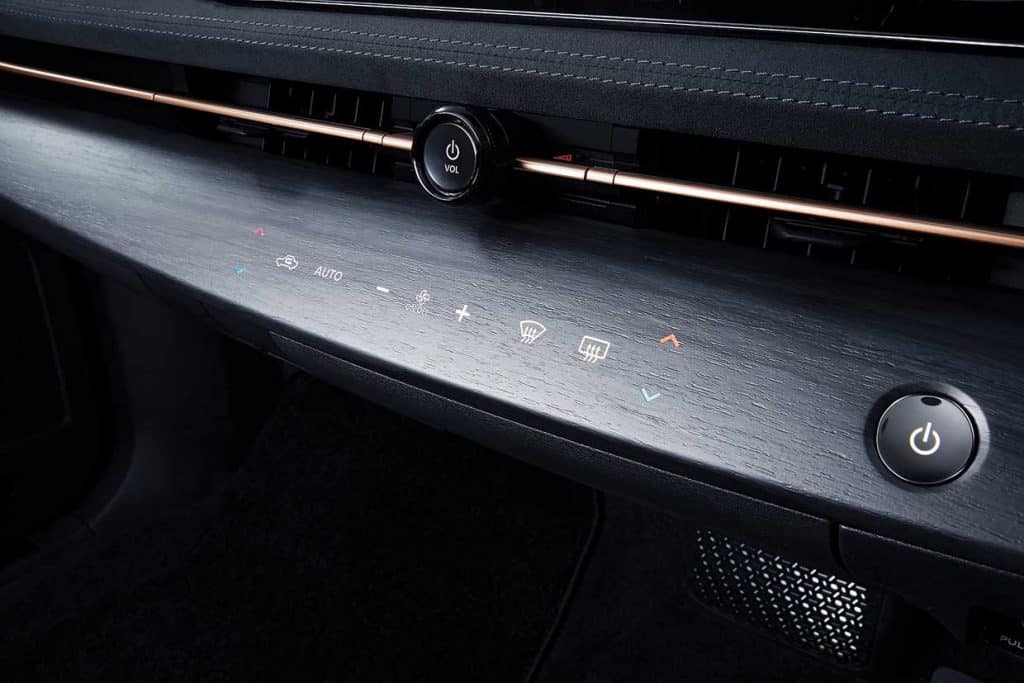
Engawa refers to the undefined space between inside and outside; sort of like the space in between where you are and where you’re going. And in the Ariya, this ‘state of in between’ is represented by the information space connecting the outside and inside of the car.
The Ariya was also inspired from the Andon – a Japanese paper lantern that illuminates homes with a soft glow. The comforting ambience of the Andon comes to life inside the Ariya with its relaxing interior lighting and the openness of the footwell and the doors. The Andon translates into its general, calming and welcoming ambience.
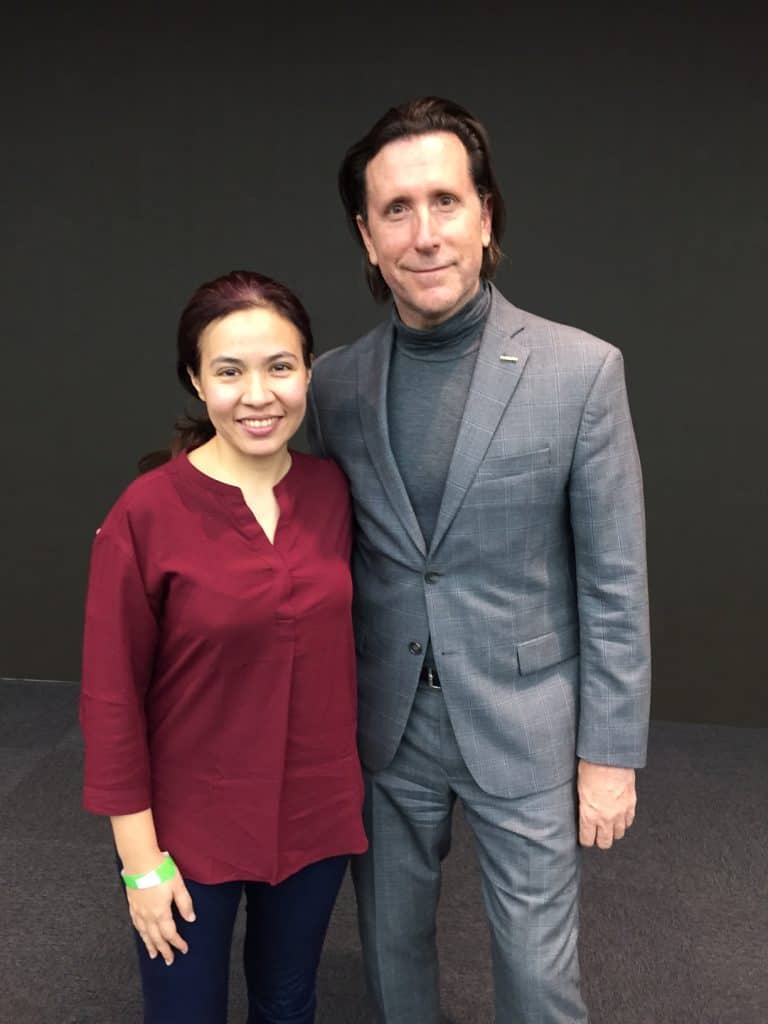
Finally, Kumiko is a Japanese technique applied in lattice woodworking, that is practiced by only the most highly trained craftsmen. It can also refer to the complex, geometric patterns that have been used by the Japanese for centuries.
And in case you didn’t notice, a re-imagined kumiko pattern can be seen just under the Ariya’s shield. This replaces the grille that would otherwise have been there, if it were a gasoline-powered vehicle.
Would you have ever imagined that such amount of thought and inspiration were put into the design and construction of the new Nissan Ariya? No wonder it is now the brand’s iconic vehicle for Nissan’s new, electrified future.

